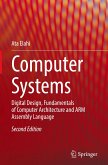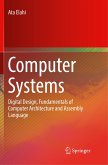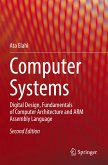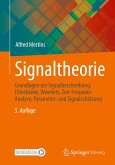The primary goal of this book is to provide a recipe explaining the functioning of data fitting via least squares and the emphasis here is on practical matters, not on theoretical problems. In addition, the book enables the reader to design own software implementation with application-specific model functions based on the comprehensive discussion of several examples. It includes a self-contained introduction and presents the method in a logical and accessible fashion. The subject of data fitting bridges many disciplines, especially those dealing traditionally with statistics as, for instance, physics, mathematics, engineering, biology, economy, or psychology, but also more recent fields as computer vision. This book is addressed to engineers and computer scientists or corresponding undergraduates, which are interested in data fitting by the method of least-squares approximation, but have no or only limited pre-knowledge in this field. Experienced readers will find new detailsand interpretations or might appreciate the book as useful reference. The text is accompanied with working source code in ANSI-C for the fitting with weighted least squares including outlier detection.
Bitte wählen Sie Ihr Anliegen aus.
Rechnungen
Retourenschein anfordern
Bestellstatus
Storno








